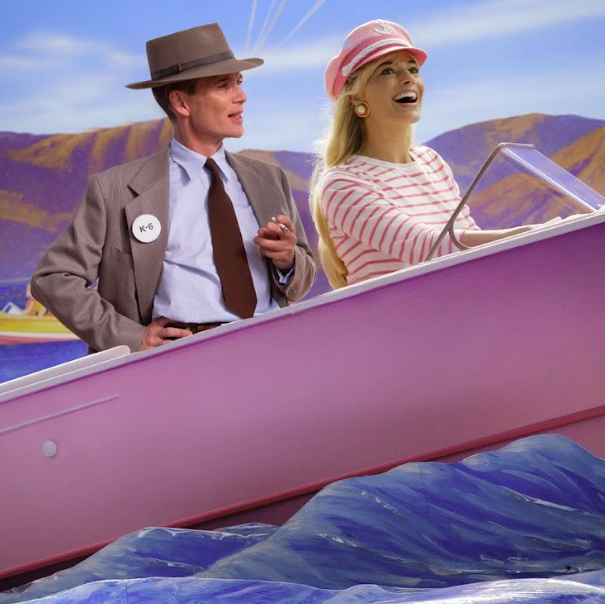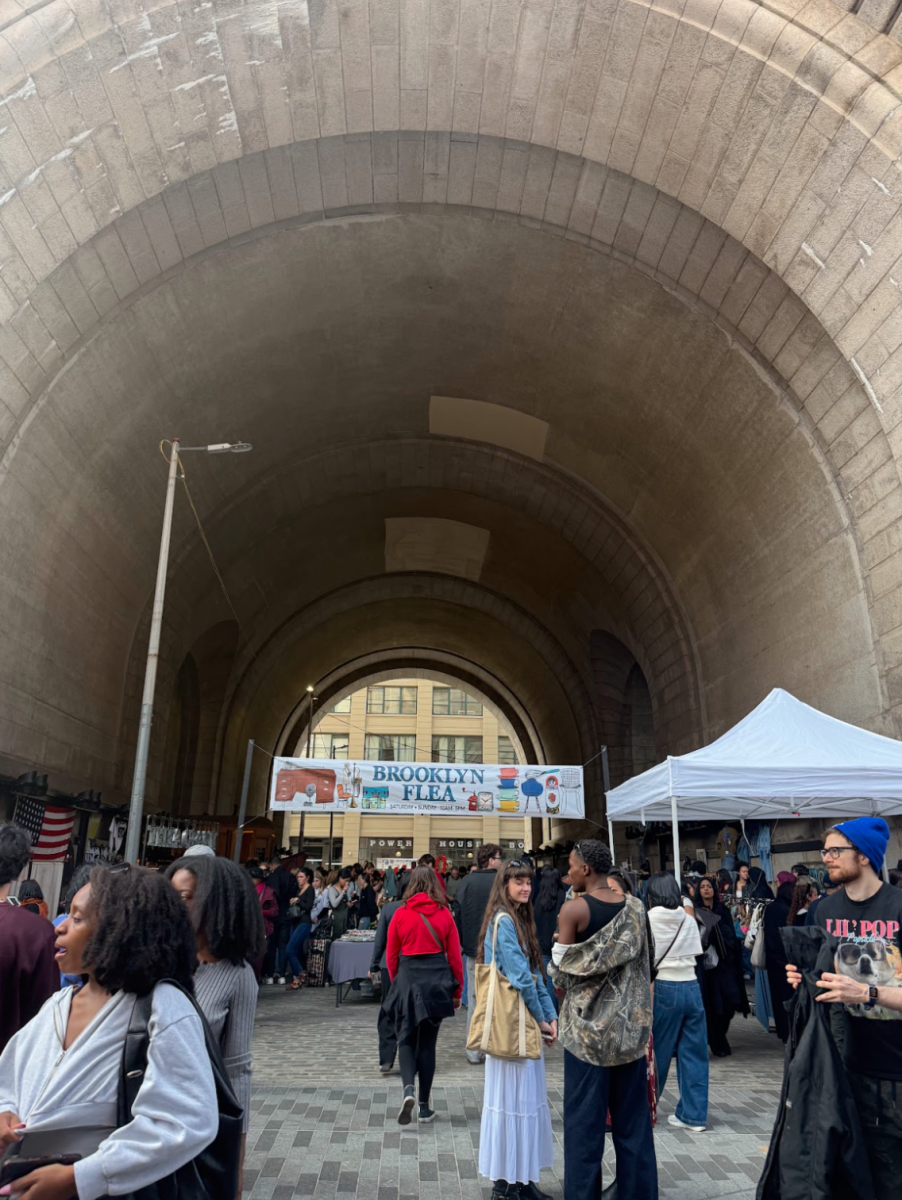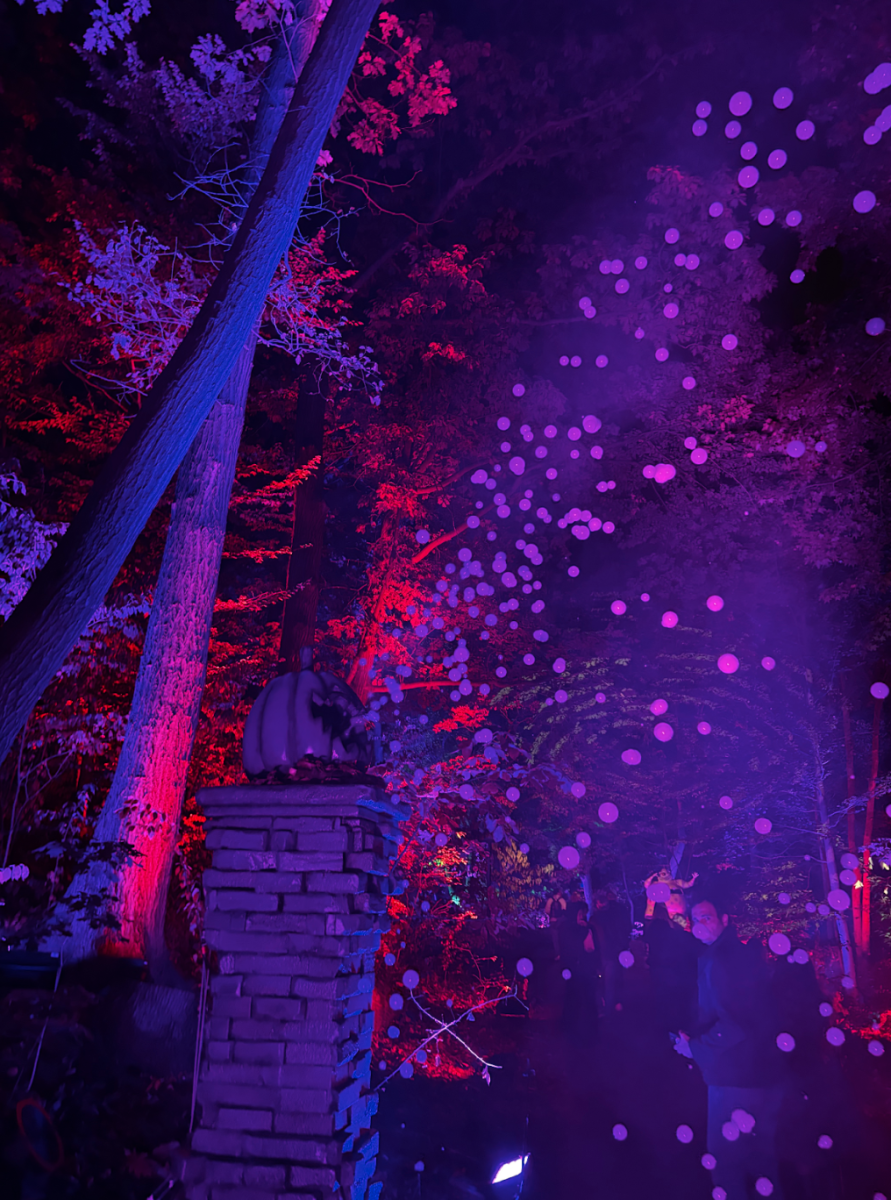The two biggest movies of the summer at the box office, Warner Bros.’ “Barbie” and Universal’s “Oppenheimer,” mark a significant break from trends. Over the past two decades, the highest earning films have tended to be superhero movies, sequels, remakes and reboots. These franchise films already have a preexisting audience built into them, meaning they’re decidedly risk-free investments from a studio perspective. However, the total supremacy of these films at the box office has led to a creative slump in studio filmmaking. The successes of “Barbie” and “Oppenheimer,” are somewhat peculiar; the former is a delightfully constructed modern riff on technicolor musicals while the latter is a lengthy, dialogue-heavy historical drama. It’s safe to say that they aren’t the kind of films mass audiences have been accustomed to, yet they’ve both been wildly successful — and they’re really quality pictures, too. Their successes clearly mark a major turning point in the current moment of cinematic history, but what “Barbenheimer” — the internet’s moniker for a proposed double feature of the films, both of which released the same day — will lead to down the line remains to be seen.
As franchise films began filling multiplex seats en masse throughout the 2010s, a parallel boom in auteur-driven indie cinema developed to counteract the commercially driven blockbuster scene. Led by distributor A24, the movement winkingly proclaimed themselves as the highbrow, artsier alternative to an increasingly sterile cinematic landscape, with films like “Moonlight,” “Midsommar,” “Uncut Gems” and “Lady Bird” garnering acclaim. Cinematography became a key aspect of these films, and individual shots seemed tailor-made for sharing on Instagram; cinephilia became a cool and chic way to market yourself on social media, which is why the movies resonated most with young people. The awards ceremonies seemed to recognize this shift in tastes as well, with A24’s “Moonlight” and “Everything Everywhere All At Once” securing Best Picture wins at the Oscars. Now, even loyal Marvel and DC fans have tired of the constant deluge of ready made franchise movies, so it was only a matter of time before the major studios finally caught on and bet big on filmmakers.
The bet paid off. “Barbie” has made well over a billion dollars at the box office to become the highest grossing movie of the year, while “Oppenheimer” isn’t too far behind. And the films are good, too. Both eschew CGI in favor of good old fashioned practical effects, and they both have thematic value beyond being mere entertainment. As if that wasn’t enough, a large part of their wide appeal lies in the artists who made the films. “Barbie” is directed by Greta Gerwig, the indie film darling behind “Lady Bird” and “Little Women,” while “Oppenheimer” is helmed by blockbuster auteur Christopher Nolan of “Inception” and “Interstellar” fame. For the first time in a while, going to the movies felt like an event as movie theater lobbies turned into a sea of pink costumes. But if the success of “Barbenheimer” represents anything, it represents a disconnect, not necessarily a victory. Both films were released during the early days of the concurrent ongoing strikes by the Writers Guild of America and the Screen Actors Guild – American Federation of Television and Radio Artists, two of the major trade unions representing artists in the motion picture industry. The reasons for striking vary between the two unions, given the different roles of writers and actors, but they are both striking in solidarity against cost-cutting measures taken by the studios, especially with regards to streaming residuals and the use of AI as a replacement for human labor. In spite of the near total shutdown of American film and television production, the studio heads have refused to meet the demands of artists. The success of both movies amidst the strikes shows a clear disconnect between studios and audiences. Audiences clearly want a return to the Hollywood of decades previous, during which studio and independent pictures alike flourished artistically, but the studios either willingly ignored this demand or simply lost the plot. It’s likely the latter, as shortly after the release of “Barbie,” Warner Bros. announced that they would be making a movie franchise out of Mattel toys.
So, will theater offerings start to reflect audience tastes? Or is the success of “Barbenheimer” merely business as usual in an increasingly commercial industry? While Hollywood’s future looks uncertain, its history is defined by the victory of artistic innovation. The 1950s and 60s were a similar dead zone in moviemaking, but they led directly into the 70s and New Hollywood, possibly the most exciting and iconic era in American film history. The 80s, too, were dominated by large franchise films but gave way to the 90s and the initial boom of independent cinema. How the industry moves forward after the strike’s completion is up in the air, but it’s clear that “Barbenheimer” will have a seismic effect on what kinds of movies are made in the near future.










































































































































































































